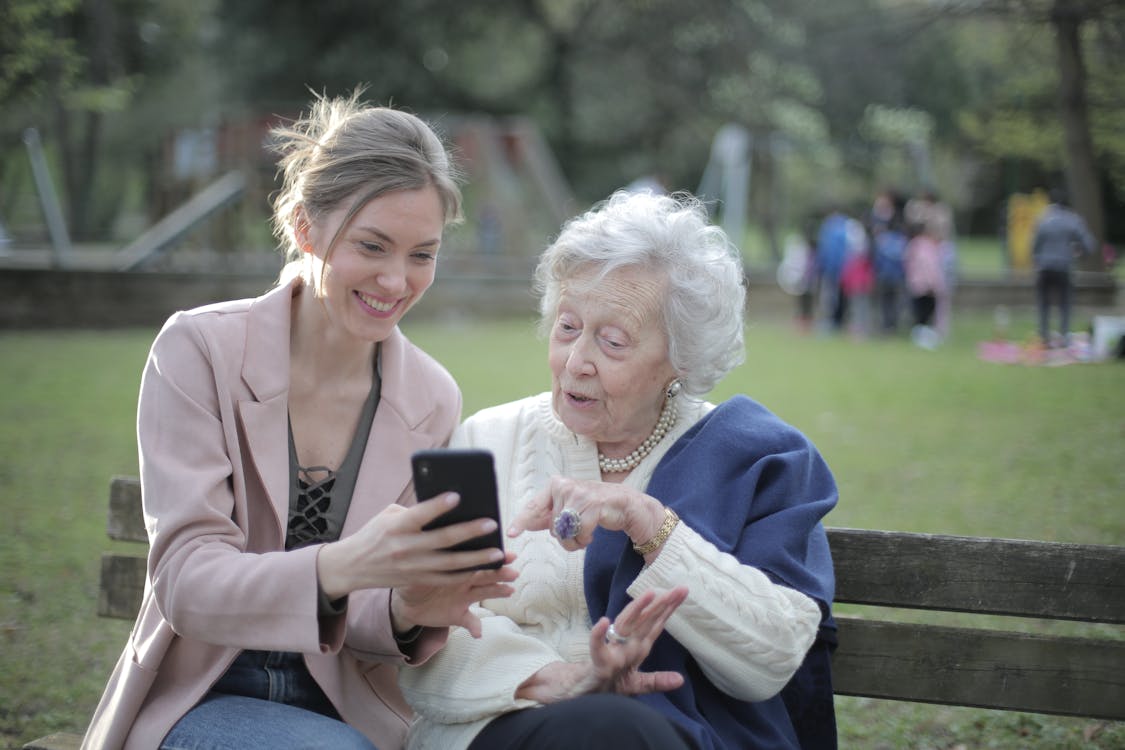
As we age, it becomes more and more important to stay in shape both physically and mentally. For seniors, there are many ways to stay active and fit, whether it’s going to the gym, taking a walk around the block, or simply doing some light stretching at home.
But did you know that mental exercise is just as important as physical activity when it comes to keeping your mind sharp? Studies have shown that being mentally active can help reduce the risk of developing dementia and other cognitive declines. So how can seniors keep their bodies and minds healthy and active? And how do these contribute to their overall health? Find out more below:
Physical Activity Takes Priority
One of the most critical aspects of health and well-being in later life is maintaining physical fitness. As seniors age, their bodies become less able to handle strenuous activity, yet regular seniors’ exercise remains vitally important for staying healthy and reducing the risk of developing chronic diseases. That said, there are certain considerations that older adults should consider when it comes to exercise.
The first step is always to check with a doctor – they may recommend alternative activities that are suited to a senior’s specific needs and level of mobility. Generally speaking, low-impact exercises are best, such as walking or cycling, swimming, and gentle stretching movements like yoga or tai chi. Pilates can be great too since it combines strength and flexibility with mindful breathing exercises.
Balance activities like standing on one leg can also help older adults improve their coordination and prevent falls; equally, strength training using a light dumbbell helps elders maintain healthy muscle mass. Whatever type of exercise they end up doing, the key is to stay consistent: they should try to find time for physical activity at least three times a week and make sure they don’t push themselves too hard or overdo it. The goal is longevity, not just short-term results.
When Their Bodies are Active, Their Minds Follow Suit
Mental stimulation is an equally important part of healthy aging. By providing a steady challenge to the mind, mental stimulation can help keep seniors sharp cognitively, physically, and socially. This kind of active engagement in learning new skills or revisiting old areas of interest can slow the progress of age-related deterioration, helping to keep seniors mentally agile, alert, and engaged in their surroundings.
It doesn’t have to be anything extraordinary – it could be something as simple as solving puzzles, reading books, or attending lectures or classes that take full advantage of seniors’ years of knowledge and experience. Doing so will keep the mind firing on all cylinders and help build social networks amongst other engaged peers.
On top of that, staying mentally active lowers the risk of developing mental health issues such as dementia and depression while also improving memory. In short, staying mentally stimulated helps seniors remain vital into their golden years, giving them more opportunities to enjoy life with family and friends while making meaningful contributions to society.
Aside From Those, What Else Can They Keep Themselves Busy With?

Aging does not have to mean giving up activities and pursuits that bring joy. Seniors can keep both their bodies and minds healthy by engaging in a variety of fun activities that can be done from the comfort of home or outdoors.
Exercise classes designed specifically for seniors are a great way to stay physically fit, while hypnosis courses can help to sharpen mental focus and stay sharp as we age. For those who prefer to shop, finding ways to safely go out into the world or explore the internet for retail therapy can be an effective tool for staying active. Exploring parks, trails, and nature paths is also a great way to get physically active while taking in the beauty of nature.
And for those looking to stay socially engaged, community organizations and support groups provide opportunities for getting together with friends — virtually or in person when possible — to enjoy shared interests and participate in stimulating conversations. Seniors can still live fulfilling lives if they take advantage of some of these activities, embracing them as part of our aging journey.
Social Well-being Should Not be Left Behind
Although physical and mental well-being is of utmost importance for seniors, social interaction is also essential to ensure they lead a long and happy life. Socializing with others can provide a boost in mood, as it contributes to feelings of connectedness and belonging.
Quality relationships can help seniors build self-esteem, which consequently impacts their overall satisfaction with life. Spending time with others can help them stay engaged by stimulating conversations, creative responses, and feelings of appreciation. Moreover, interacting with other people beyond family members helps seniors maintain meaningful connections outside the home setting.
Also, those who are socially engaged tend to adopt healthier behaviors such as exercising regularly and eating nutritious food. The combination of all these factors may not only delay cognitive decline but can also reduce the risk of depression among seniors.
A Word of Advice for Carers
As seniors’ health is discussed, it’s also important to provide some useful tips to the people who spend more time than before with them: their carers. Taking care of a senior loved one can be challenging but also very rewarding. While seniors require a certain amount of assistance, they also need to maintain their independence and remain active. As a caregiver, there are several ways to ensure your charge stays engaged and involved in their daily lives.
First, encourage physical activity by providing opportunities for exercise. This might include going for walks around the neighborhood or taking part in social activities such as dancing or even playing Frisbee in the park. Additionally, find hobbies that the senior loves — from reading books to exploring nature photography — and create space for them to do those things regularly.
Finally, prioritize meaningful conversations with family and friends by helping them keep up with old acquaintances or opening up to new conversations with people from different generations. By following these tips, you can provide support so that your senior loved one can stay active and engaged both mentally and physically!
Conclusion
Maintaining physical fitness and mental stimulation for a senior can seem daunting, but it’s important to keep up both their health and sharpness. With the right activities and support from caregivers, they can stay active and engaged throughout their golden years.







